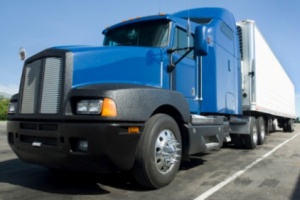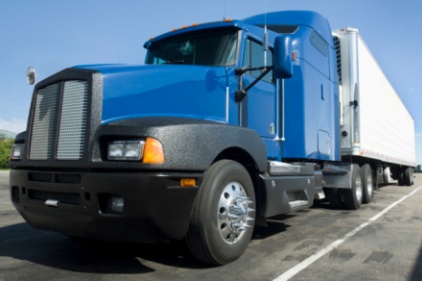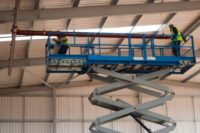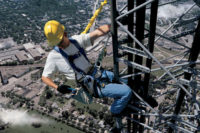 Question:
Question:
Does an employer have a duty to provide fall protection to employees exposed to fall hazards in excess of 6 feet when they climb on top of materials on a tractor trailer rig to connect crane rigging for the purpose of loading and unloading of the materials?
OSHA’s answer:
Under 29 CFR 1926.501(b)(1), employers must provide fall protection to each employee on a walking/working surface (horizontal and vertical surface) with an unprotected side or edge which is 6 feet or more above a lower level. However, §1926.500 defines a walking/working surface as:
Any surface, whether horizontal or vertical on which an employee walks or works, including, but not limited to, floors, roofs, ramps, bridges, runways, formwork and concrete reinforcing steel but not including ladders, vehicles, or trailers, on which employees must be located in order to perform their duties.
Under the terms of the standard, fall protection is not required for employees who are on vehicles and trailers when the employee must be on the vehicle or trailer to perform his or her duties. If the employee must climb on the tractor trailer rigs to connect the rigging for loading and unloading by a crane, the employer would not have a duty to provide fall protection under this standard.
Section 5(a)(1) of the Occupational Safety and Health Act ("General Duty Clause") states that each employer:
...shall furnish to each of his [or her] employees employment and a place of employment which are free from recognized hazards that are causing or are likely to cause death or serious physical harm to his [or her] employees.
29 CFR 1926.95(a) requires the use of protective equipment:
[W]herever it is necessary by reason of hazards...encountered in a manner capable of causing injury or impairment....
No duty exists to provide fall protection under the General Duty Clause or §1926.95(a) where there is no feasible means of providing it. For the type of work you describe, there typically is no feasible means of providing fall protection.




